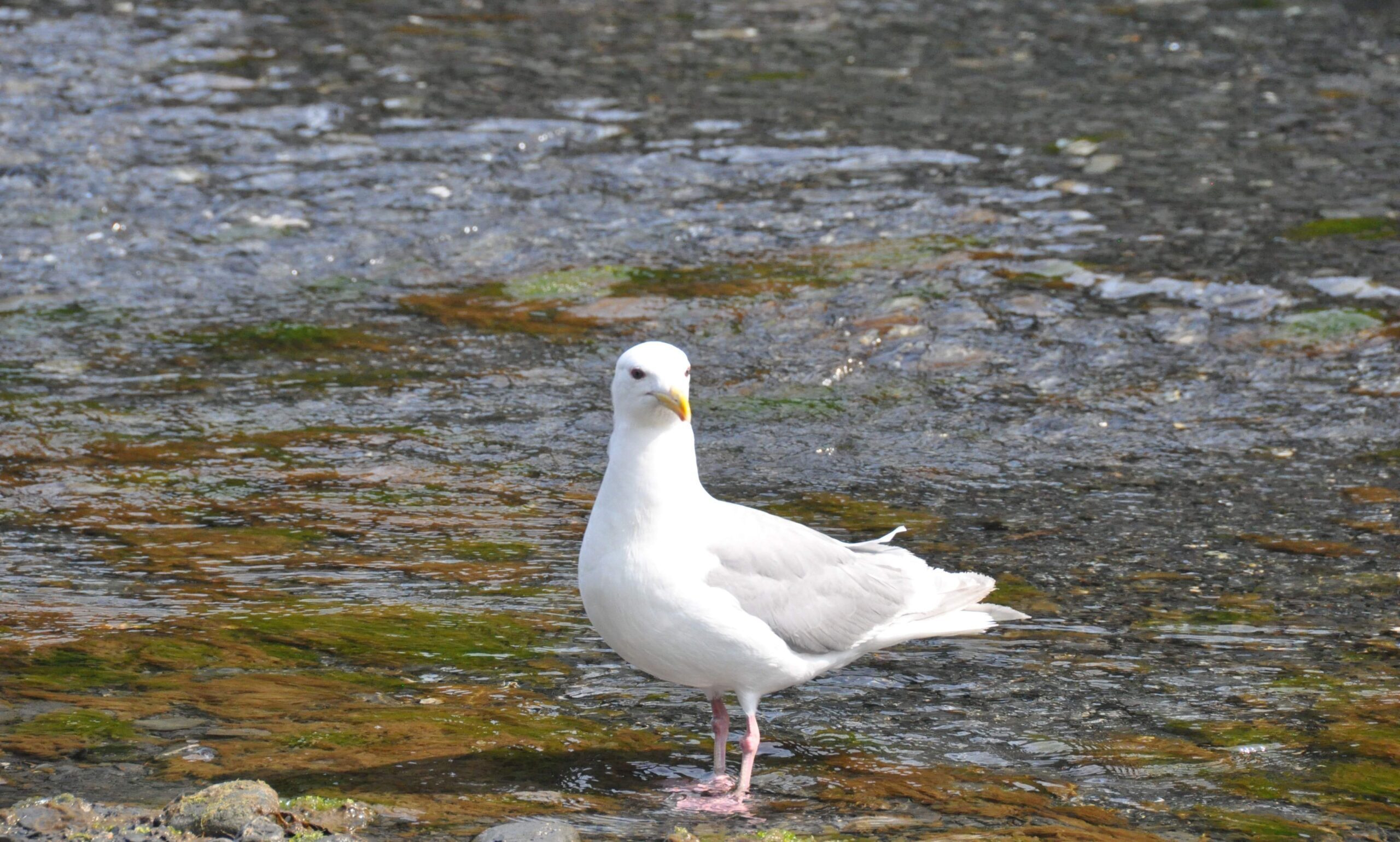The avian flu first hit the world in its most recent epidemic in 2020. It affected many bird populations and caused much strife in those populations. Many countries and states were able to contain the outbreak and have gotten it under control at this point, but there are still numerous areas affected. Because of the areas still dealing with the disease, it has been extremely difficult to fully contain this strain of influenza. Since birds have the power to just fly to and from a place, if they are in the wild and infected, they are then flying and spreading the disease, sometimes to places that previously contained the bug. This is the case of what happened in Alaska.
A mass of migrating birds flew to Alaska with a high population of infected, spreading the influenza strain back among the Alaskan bird population.
In a webinar hosted by the Alaska Native Tribal Health Symposium’s Local Environmental Observer Network, experts advised for Alaskans to be diligent about the strains as they may differ. Because of the state’s location, they are getting bird migrations coming in across both the Atlantic and Pacific oceans. This means there is a high chance of viruses mixing from Asia and North America, as the strains likely have differences in the two areas.
Thus far, it seems that any case of this current influx of avian flu poses little threat to people.
There have only been a few reported cases of the virus in people, and all of those infected worked closely with poultry on a regular basis. However, while it is virtually harmless to people, it poses serious threats to birds and other wild animals.
In the U.S. alone, approximately 58 million domestic chickens and other poultry birds have died from the virus. This is something we have seen in real-time with the egg shortage going on in much of the country. While it is harder to track wild birds lost, the current estimate of bird deaths in the wild is at least 7,000. In addition, a large number of mammals have passed due to the virus, including animals such as foxes, bears, and coyotes.
Experts currently fear this strain due to the way it has adapted to affect wild birds in the way that it has. Typically, the avian flu remains contained among domestic poultry birds. This just means there is a poultry shortage for some time until the population rebuilds but there is not the same widespread effect because the virus will not hit as many wild bird populations. That has not been the case for the current strain, which is what has made it reach epidemic status. Wild birds are falling ill far more than normal and then spreading the disease around in a constant cycle. Because of this, it is currently unclear when or how this will end.




